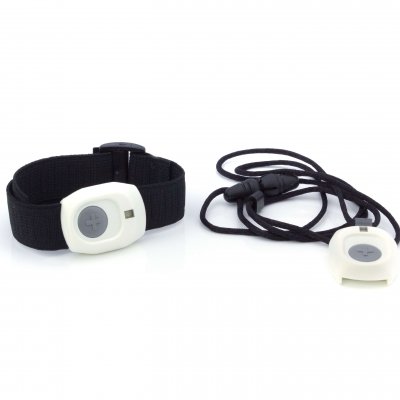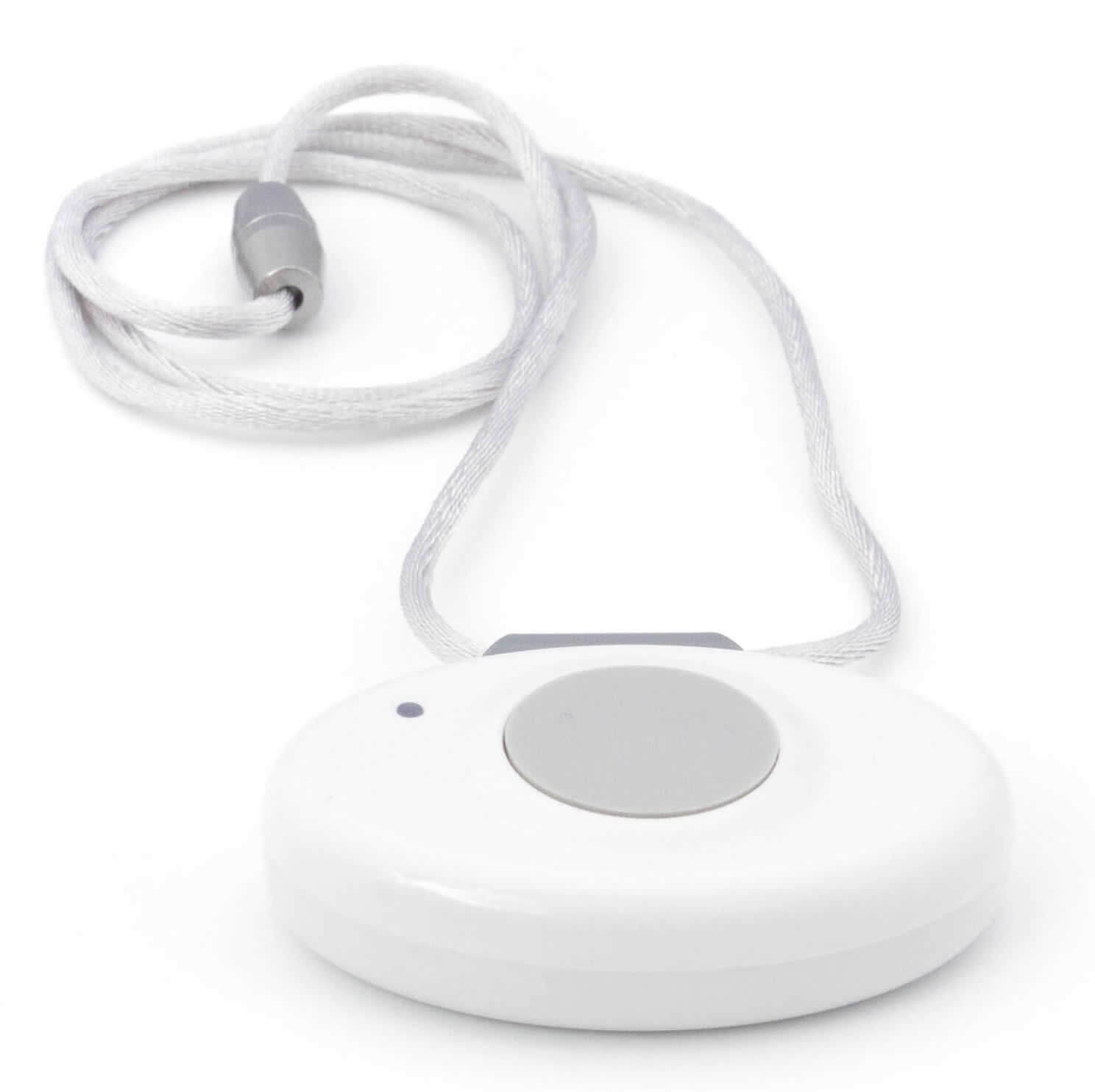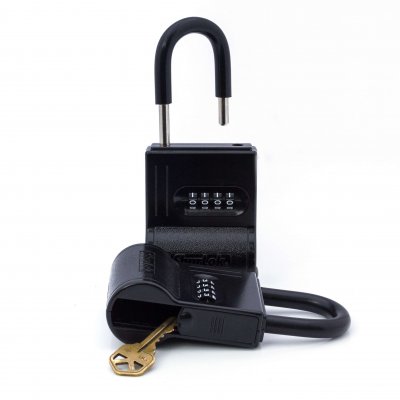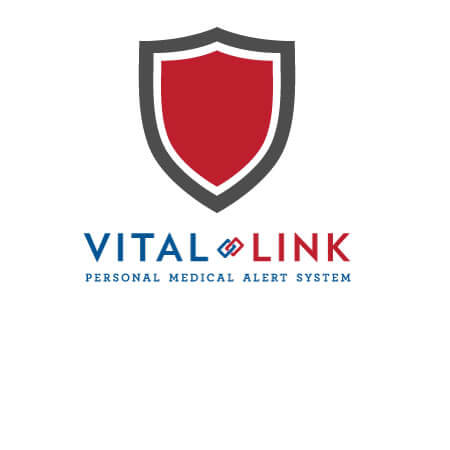
I suppose the correct answer is … it depends. The natural next question is: What does it depend on? So, the answer is the kind of medical alert system technology that is being used. For the purposes of this blog post, the technologies we will be referring to are the In-Home medical alert devices: Medical alerts that use either local cell towers to transmit the emergency alarm call or use traditional landline technology to transmits the emergency call. Both technologies work in and around the home. These emergency devices will not work when you are not close enough to your house. There are mobile medical alert devices that will work anywhere in the 50 states provided these devices have access to sufficient cell service and are visible to the global positioning system (GPS). We will leave the exact range and the issues surrounding range for both the In-Home and Mobile Medical Alert systems for another blog post.
This is what happens when you press your emergency panic button:
- You have a fall and can’t get up, have chest pain, and can’t breathe or any other medical emergency.
- You press your medical alert pendant or wrist button. These devices are simply transmitters, like a TV remote or garage door opener. The medic alert button then transmits a radio frequency signal to a communication device.
- If you have a landline the communication device will use, your landline to send the medical alert alarm to the monitoring center. If you do not have a landline the medical alert system will use, your local cell towers to transmit the emergency alarm.
- Upon receipt of the alarm, the emergency staff at the monitoring center will try to establish communication with you.
- If they can establish communication, they simply do what they are told.
- If the emergency center cannot establish communication then your personalized emergency response protocol may then be implemented.
- There are two main emergency response protocols. They are implemented if the emergency medical alert monitoring center is not able to determine that you are okay. The recommended protocol, if there is no response from you is to dispatch the ambulance and then try to notify your friends and family. Some people prefer that their friends and family are notified instead of EMS. In this case, the monitoring center would dispatch the paramedics only if none of your personal responders were available. Either way, help happens.
Where can you find the right medical alert device for yourself or a loved one? Does my location impact the type of alert systems available? You can learn more about Vital-Link’s services and medical alert systems in Kansas, Iowa, Oregon, and other states. Looking for a medical alert system in New York? Contact Vital-Link today and restore your peace of mind.




